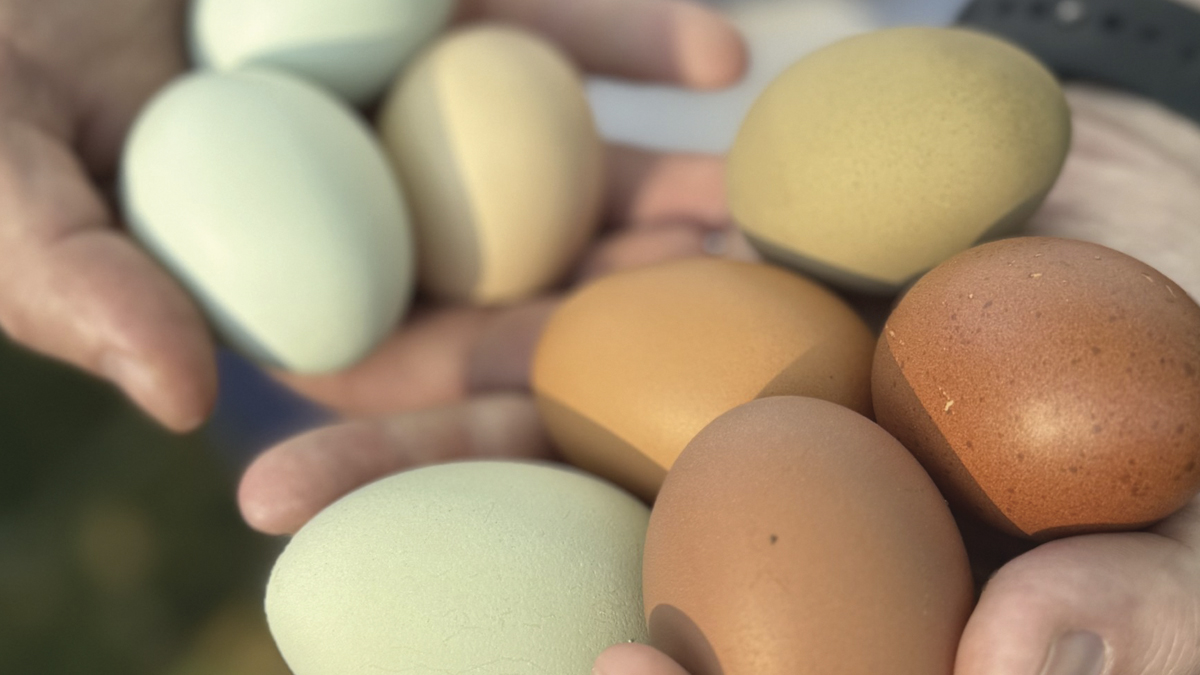Growing up in West Virginia in the 1970s, Harold Moore kept dogs, cats, fish, guinea pigs and even two corn snakes as pets.
He fed them table scraps, holiday treats, potatoes and gravy and even bites of cherry pie – but never tomatoes, beans, cucumbers or any other kind of produce.
“I didn’t know of anyone who ever gave their pets vegetables or salad food – I’m not sure the thought ever occurred to us,” said Moore, who now lives in Greenville, S.C. “I mean, who feeds their pets produce?”
The Nutritional Benefits of Produce for Pets
While Moore isn’t alone in his viewpoint, giving your pets bites of fruit and vegetables can actually improve their health and body conditions.
“These foods are used as treats in most cases,” said Erin Bouchillon, department head for the Veterinary Assistant program at Greenville Technical College. “They are lower in calories, and most pets tolerate them well.”
For example, for dogs, she recommended green beans, carrots, celery, pumpkin, apples, bananas and blueberries – and watermelon in small quantities.
“If feeding these foods, you have to ensure all seeds or peels are removed,” Bouchillon said. “Food like pumpkin can have benefits to gut health by adding extra fiber to the diet. Pumpkin can be added to a dry kibble diet easily if it is canned.”
Other produce choices can include:
• Sliced cucumbers for hydration.
• Zucchini for vitamins and minerals.
• Broccoli for fiber and antioxidants.
• Asparagus for vitamins and minerals.
• Celery, which is low in calories and can be a crunchy treat.
What to Avoid and How to Serve Produce
Bouchillon cautioned, however, that all produce is not equal.
“Produce to avoid would be items like onions, grapes and raisins,” she said. “These foods can become toxic for pets.”
Even the recommended produce has to be given carefully.
“Most of the produce mentioned can be given raw – It just needs to be offered in small quantities that are bite-sized for the pet,” Bouchillon said, adding that some pets prefer vegetables lightly steamed or boiled because it softens them. “It is also important to not add salt or other flavorings. Increased salt in their diet can be harmful.”
Don’t Replace Regular Diets with Produce
And if you are one of the rare pet owners who routinely offers their pets fruits and vegetables and other garden items, Bouchillon said to remember that these foods are not in any way to be viewed as replacements for their regular diet.
“Most pets are given a complete diet with all necessary nutrition to sustain them for a long, healthy life,” she said. “When a pet is showing signs of obesity, lowering calorie intake can be one way to help them to reach their ideal body condition again. By replacing the treats given during the day with these lower calorie options, along with increased exercise, it can lead to a healthier pet and increased quality of life.”
Even Moore determined that at some point, he might have fed his dogs and cats “a few bites of pumpkin pie.”
And Bouchillon indicated that a “few bites” is often all that it takes to keep your pet at its best.
“The most important thing to remember is that the pets need to not fill up on the extra foods offered as treats,” she said. “They need to be used sparingly as supplements during the day and not replace their regular diet.”
By L. C. Leach III







